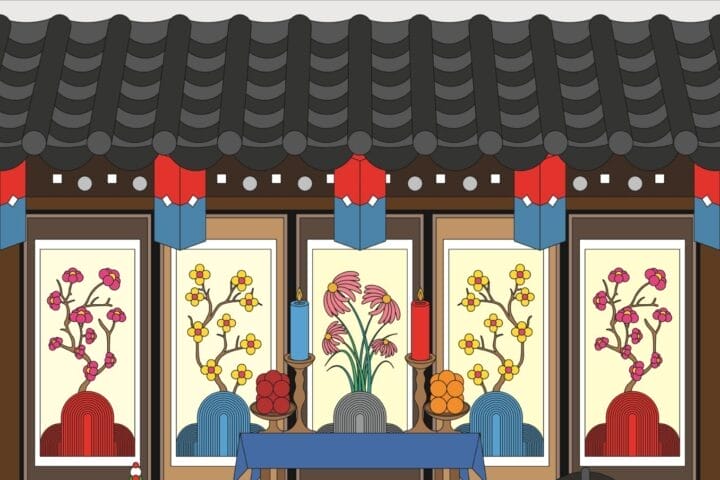‘Japan is known for having very beautiful seasons. Every day, as we live, we are influenced so much by them – the change of the season, the air, the temperature, the wind, or the smell of the wind. Those are things that inspires us.’
It’s clear that nature is something that is very much at the heart of Akira Kosemura, both the man and the music that he makes. His is a natural talent, born of a fascination with film music, storytelling and a curiosity about the sounds of the world around us. That all shines through in Seasons, but the seeds have been sewn by the musician and composer over the last 15 years and a blossoming career that seemingly grew out of nowhere. Or should that be somewhere?
Tokyo is home for Kosemura, it’s where he was born, and it continues to play an important role in shaping his identity as a composer. It was through walking the streets in and around the Japanese capital that a 20-year-old Kosemura found early inspiration. Those walks were a kind of therapy during a difficult time and he decided to carry an audio recorder with him to capture the soundscapes he encountered. Those field recordings, of life and nature, inspired him to create tracks which brought together elements of what he’d collected with the sound of his piano.
Some of that music was picked up for use in an advert and it was noticed by the Australian label Room40. They released it through their imprint label Something Good as an album called It’s On Everything, which was released when Kosemura was still studying at university in 2007. Suddenly, Akira Kosemura was a composer and a recording artist, and that same year he set up his own record label, Schole Records. From then on he has produced his own albums, and at a rate of nearly one every year. These have included Grassland (2010), One Day (2016) and In the Dark Woods (2017), each has seen him become more musically adventurous, adding electronics, vocals, winds and strings to his expanding toolbox of sounds. Seasons, with its stripped-back piano melodies, is Kosemura’s inaugural recording for UMG and his first release on a major label.
Completely self-taught, Kosemura has truly navigated and furrowed his own path in music. When he was growing up, playing the piano and singing in a school band were the earliest aspects of his musical world, along with trips to the cinema and hours spent immersed in soundtrack albums of music by film composers he really admired. He cites listening to the music of John Williams, James Horner and Thomas Newman as playing a huge part in his musical education; their music and innate ability to shape narrative led him to become interested not just in film music, but instrumental music, too.
It’s no surprise then that creating music for stories has become a regular part of what Akira Kosemura does. His first professional gig was composing music for choreographer Kimiho Hulbert’s 2012 ballet Manon – a self-confessed baptism of fire for the composer, followed by the feature films Embers (2014) and Bring on the Melody (2017). The small screen has beckoned, too, with music for TV series’ such as Japan’s Meet Me After School (2018) and the Oprah Winfrey Network’s Love Is… (2018), while Kosemura’s music has graced an abundance of screen adverts, documentaries, short animated films and even a fashion show. His highest profile works to date include the score for director Naomi Kawase’s film True Mothers, officially selected for screening at the 2020 Cannes Film Festival, and the NintendoSwitch video game JackJeanne, while the Jonas Brothers film Chasing Happiness used music from Kosemura’s back catalogue.
All of that music has started out life at the piano or on the keyboard, where Kosemura is at his most comfortable. He was learning to play the piano as young as age three, but the formalities of classical tuition never really grabbed him and he gave it up by the time he reached middle school. He didn’t give up the instrument entirely, though; indeed, the piano remained a source of great inspiration and has always been a crucial creative outlet.
That said, it is sound and its creative tonal possibilities that continue to be at the forefront of what is important to the artist and how he operates. He rarely spends his time on melodies, those seemingly just come to him; instead he is more focused on harmony, chord progression and arrangements.
The result is music that resonates, responds, tells a tale and stays true to everything Akira Kosemura holds dear, everything he feels. Music is in his nature.










